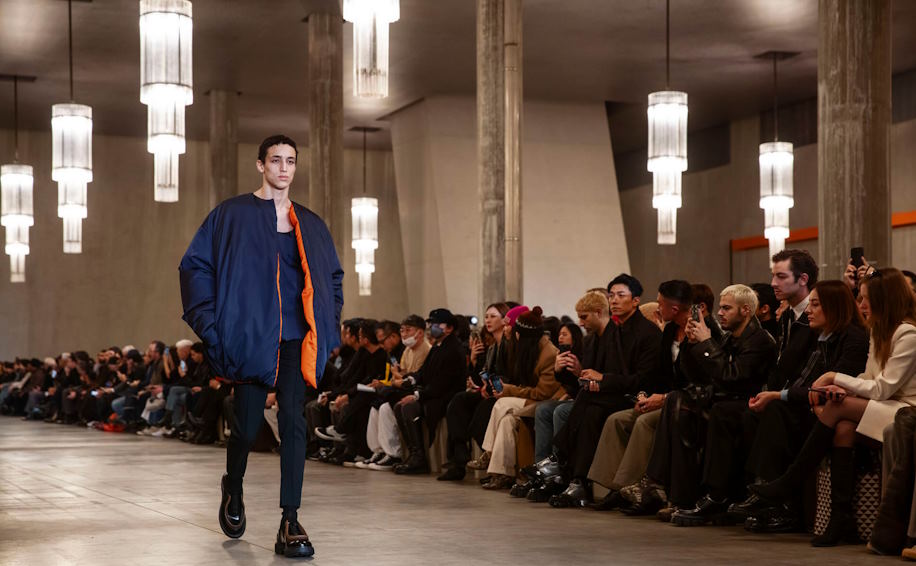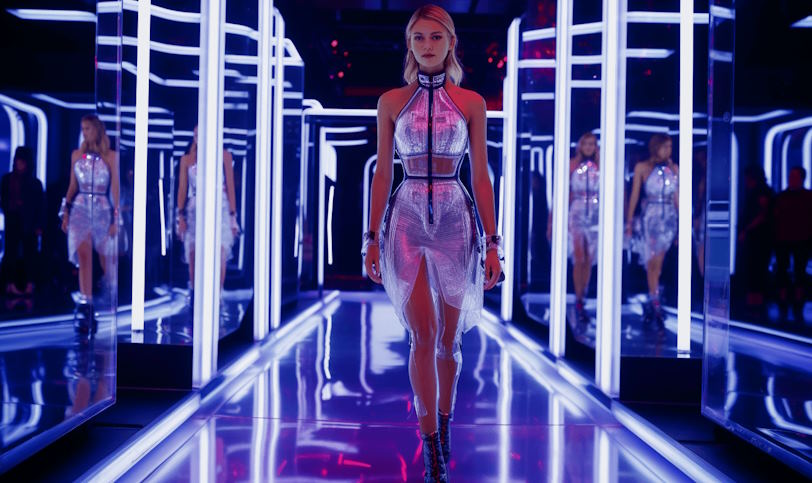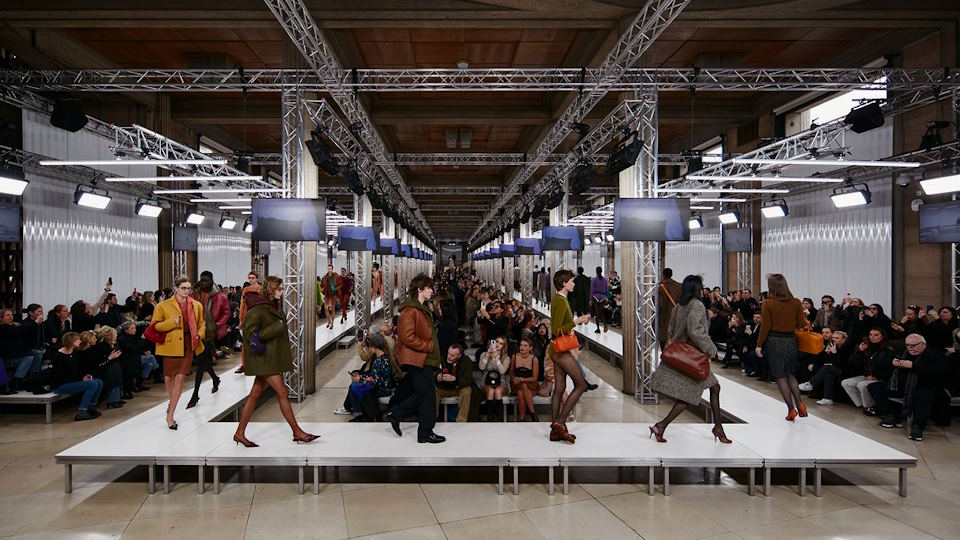Imagine a runway not just as a path for models to traverse but as a transformative journey that transcends the mere display of garments. Runway set design accomplishes precisely that – it elevates fashion into a spectacular narrative that unfolds against a meticulously curated backdrop. Far beyond a mere logistical aspect of fashion shows, the set design becomes a creative playground, where concepts are materialized, and stories are brought to life.
Elements of Effective Runway Set Design
Theme and Concept
The foundation of a captivating runway set design lies in its theme and concept, which must harmonize seamlessly with the fashion collection being presented. Selecting a theme that resonates with the essence of the garments adds a layer of depth to the overall show. Whether it’s an avant-garde futuristic world or a nostalgic nod to a bygone era, a compelling theme sets the tone for the entire experience. Furthermore, a truly immersive set design incorporates storytelling elements that transport the audience into a narrative that complements the clothing. From minimalistic to extravagant, the theme becomes the thread that weaves the collection and the set together into a cohesive, visually captivating masterpiece.
Spatial Layout and Flow
The spatial layout of a runway show significantly impacts the engagement and excitement of the audience. A dynamic flow ensures that models and designs are showcased from multiple angles, granting the attendees a comprehensive view. Equally vital is the strategic placement of seating, stage, and walkway, ensuring that every seat offers an optimal view of the models’ presentation. A well-orchestrated layout not only enhances the viewing experience but also complements the rhythm and tempo of the fashion being exhibited.
Materials and Textures
The tactile quality of a runway set design is derived from the selection of materials and textures. These elements must harmonize with the clothing collection, enhancing the overall aesthetic appeal. From stark, industrial surfaces for edgy fashion to opulent, luxurious fabrics for haute couture, the materials chosen should provide a backdrop that complements and enhances the fashion pieces. The artistry lies in achieving a balance between textures that add depth to the set while allowing the garments to shine as the primary focus.
 Iconic Runway Sets: A Glimpse into Fashion’s Theatrical Realms
Iconic Runway Sets: A Glimpse into Fashion’s Theatrical Realms
Chanel’s Transformative Environments
Chanel, a paragon of timeless elegance, extends its creative prowess beyond haute couture to its runway set designs. Renowned for its ability to transport audiences to alternate worlds, Chanel consistently presents elaborate and immersive environments that perfectly complement its collections. From transforming the Grand Palais into a winter wonderland to recreating a Mediterranean coastline, the brand’s sets serve as more than mere backdrops – they’re integral components of the storytelling process. By aligning these intricate settings with the essence of each collection, Chanel masterfully fosters a holistic experience where fashion, art, and environment harmoniously converge.
Alexander McQueen’s Theatrical Spectacles
Alexander McQueen, the virtuoso of avant-garde fashion, redefined the runway as a stage for theatrical extravaganzas. His boundary-pushing set designs elevated his shows to the realm of emotional and artistic performances. McQueen’s runway presentations were not just about displaying garments; they were transformative journeys. From his infamous “The Horn of Plenty” show, set within a garbage dump, to the ethereal “VOSS” show where models emerged from within a giant mirrored cube, McQueen’s sets intertwined shock, awe, and reflection. Each design provoked profound emotional responses, offering audiences a visceral experience that resonated deeply, long after the show ended.
 Technological Marvels: Reshaping Runway Set Design
Technological Marvels: Reshaping Runway Set Design
Projection Mapping and Augmented Reality
In the digital age, technology has emerged as a revolutionary force in the realm of runway set design. Projection mapping and augmented reality are leading the charge, transforming static environments into dynamic, immersive experiences. This paradigm shift allows designers to transcend physical limitations, conjuring virtual landscapes that interact seamlessly with real-world elements. Brands are now employing projection mapping to change the mood, theme, and even the texture of the runway surroundings in real time, crafting a multi-dimensional canvas that evolves with the collection. Examples include brands like Burberry, which used augmented reality to project iconic imagery onto the walls of their shows, seamlessly merging the digital and physical realms.
Sustainable Set Design Practices
As the fashion industry places greater emphasis on sustainability, this ethos is extending to runway set design. Brands are reimagining their approach to creating elaborate environments, integrating environmentally conscious practices. Utilizing recycled materials, repurposed structures, and biodegradable elements, sustainable set design reduces waste and minimizes the ecological footprint of fashion shows. By showcasing their commitment to environmental responsibility, brands not only create visually striking sets but also send a powerful message about the importance of sustainability in an industry often associated with excess. As a result, runway set design becomes a conduit for change, illustrating that innovation and eco-consciousness can coexist harmoniously on fashion’s grandest stages.

